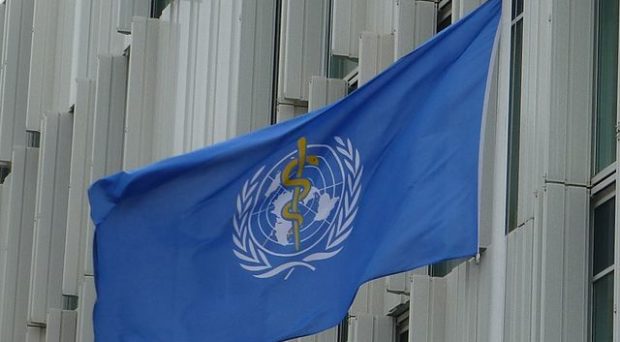
Psychotic disorders and multimorbidity
Psychotic disorder is a serious mental illness that affects approximately 1% of the world’s population and is typically characterized by hallucinations and delusions. Within recent years there has been an increasing body of research demonstrating that people with psychosis have poorer physical health and are at increased risk of various physical health conditions compared to people without psychosis of similar age and gender (e.g. diabetes).
The poor physical health among people with psychosis is of great concern, since other research has demonstrated that physical health conditions, such as cardiovascular disease, diabetes and lung diseases, are the leading causes of the 10-20 year gap of life expectancy experienced by those with psychosis. Therefore, understanding physical health conditions among people with psychosis is of utmost importance to help tackle this scandal of premature mortality.
Very few multi-national data is available about physical health among people with psychosis.
Research from non-psychiatric populations has demonstrated that multimorbidity (two or more health conditions at any one time) is particularly troublesome and associated with worse quality of life, function, increased healthcare costs and early death.
Despite the poorer physical health of people with psychosis, very little is known about physical multimorbidity in this group. Some other gaps in the literature also exist. No data to our knowledge had considered multimorbidity in people with psychotic symptoms (subclinical psychosis) who do not meet the criteria for a diagnosis of psychosis. Finally, very few multi-national data is available about physical health among people with psychosis, with particular gaps in low- and middle-income countries (LMIC).
World Health Survey data
Given these caveats, we conducted a large cross-sectional study to investigate the prevalence and patterns of physical health multimorbidity among individuals with psychosis using data from 242,952 people in 48 LMICs.
In order to do this, we utilized data from the World Health Survey (WHS). The aim of the WHS was to provide global comparable population data on health and well-being among adults across the world. The WHS contained information on nine physical health conditions including arthritis, angina, diabetes, chronic back pain, visual impairment, hearing difficulties, edentulism and tuberculosis.
We categorized people in the WHS as having psychosis based on a lifetime diagnosis (total = 2,224) and subclinical psychosis if people had not received a diagnosis of psychosis but had experienced some delusions in mood, persecutions and control (e.g. thought people were trying to harm or control them), or experienced hearing voices or seeing visions that others cannot perceive (total = 25,493). People who did not have a psychosis diagnosis or subclinical psychosis were classed as ‘controls’ (total = 179,429).
Findings
We found that people with psychosis across the sample were approximately two times more likely to have physical health multimorbidity.
Overall we found that physical health multimorbidity was much more likely to occur in people with psychosis and subclinical psychosis rather than controls. Specifically, 11.4%, 21.8%, and 36.0% of controls, people with subclinical psychosis and psychosis had physical health multi-morbidity. There was a consistent relationship that people with subclinical psychosis and psychosis were more likely to have 1, 2, 3, 4, 5 and more physical health conditions compared to controls.
We found that people with psychosis and subclinical psychosis across the sample were approximately two and four times more likely respectively, to have physical health multimorbidity. Perhaps most concerning, our subgroup analyses found that compared to those without psychosis, the odds for physical health multimorbidity was highest in younger people (aged 18-44 years) with psychosis (approximately 4.5 times increased odds) and subclinical psychosis (approximately 2.5 times higher odds) compared to controls.
Whilst our data are relatively novel, some limitations should be noted. First the data is cross-sectional and we cannot be sure of the direction of the relationships we observed. We also did not have information on lifestyle factors which may influence the results and the diagnoses in the dataset were based on self-report. We therefore believe it is important that other researchers replicate our results and consider the influence of lifestyle and try to capture medical diagnoses in a robust way.
Another limitation is that some of the most unwell people (both in mental and physical health terms) would have been less likely to participate in the WHS. Therefore, future research is required to consider such people who may be at most risk of poorer physical and mental health.
In summary, our study across 48 LMICs suggests that people with subclinical psychosis and psychosis are at greatly increased odds of experiencing physical health multi-morbidity. Moreover, the odds of physical health multi-morbidity are greatest among those with psychosis/ subclinical psychosis who are younger, thus adding to the pressing calls for early intervention efforts. More research is required to replicate our findings and appropriate public health interventions that seek to reduce this multimorbidity burden, particularly at an early stage of illness, may be warranted.
Comments